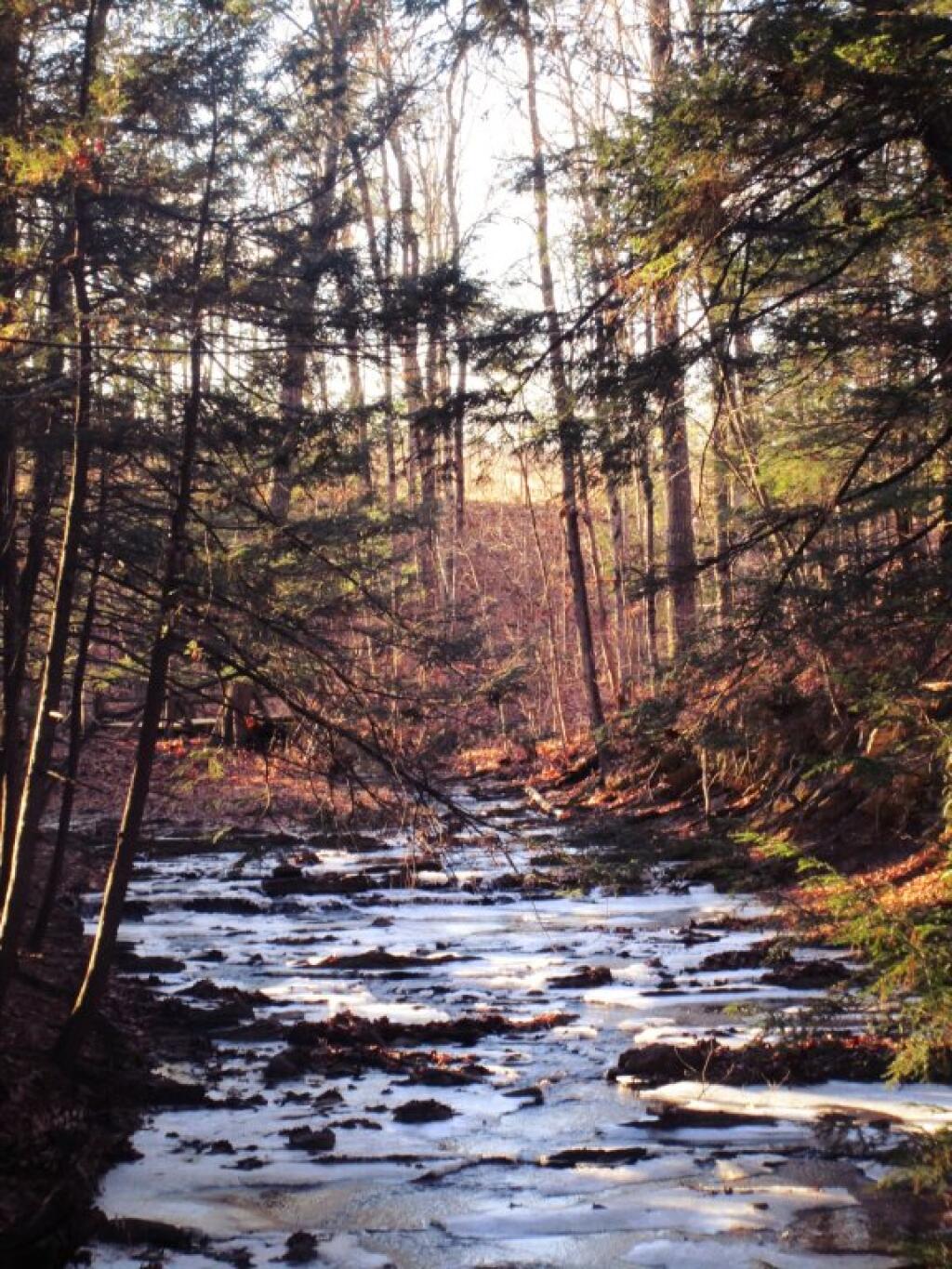West Virginia coal wars – Wikipedia
The West Virginia coal wars (1912–21), also known as the mine wars, arose out of a dispute between coal companies and miners.
The first workers strike, in West Virginia, was the Cabin Creek and Paint Creek strike of 1912-1913. With help from Mary "Mother Jones" Harris Jones, an important figure in unionizing the mine workers, the miners demanded better pay, better work conditions, the right to trade where they pleased (ending the practice of forcing miners to buy from company-owned stores), and recognition of the United Mine Workers (UMW).
The mining companies refused to meet the demands of the workers and instead hired Baldwin-Felts agents equipped with high-powered rifles to guard the mines and act as strikebreakers.[2][1] After the Agents arrived, the miners either moved out or were evicted from the houses they had been renting from the coal companies, and moved into coal camps that were being supported by the Union.[1] Approximately 35,000 people lived in these coal camps.
